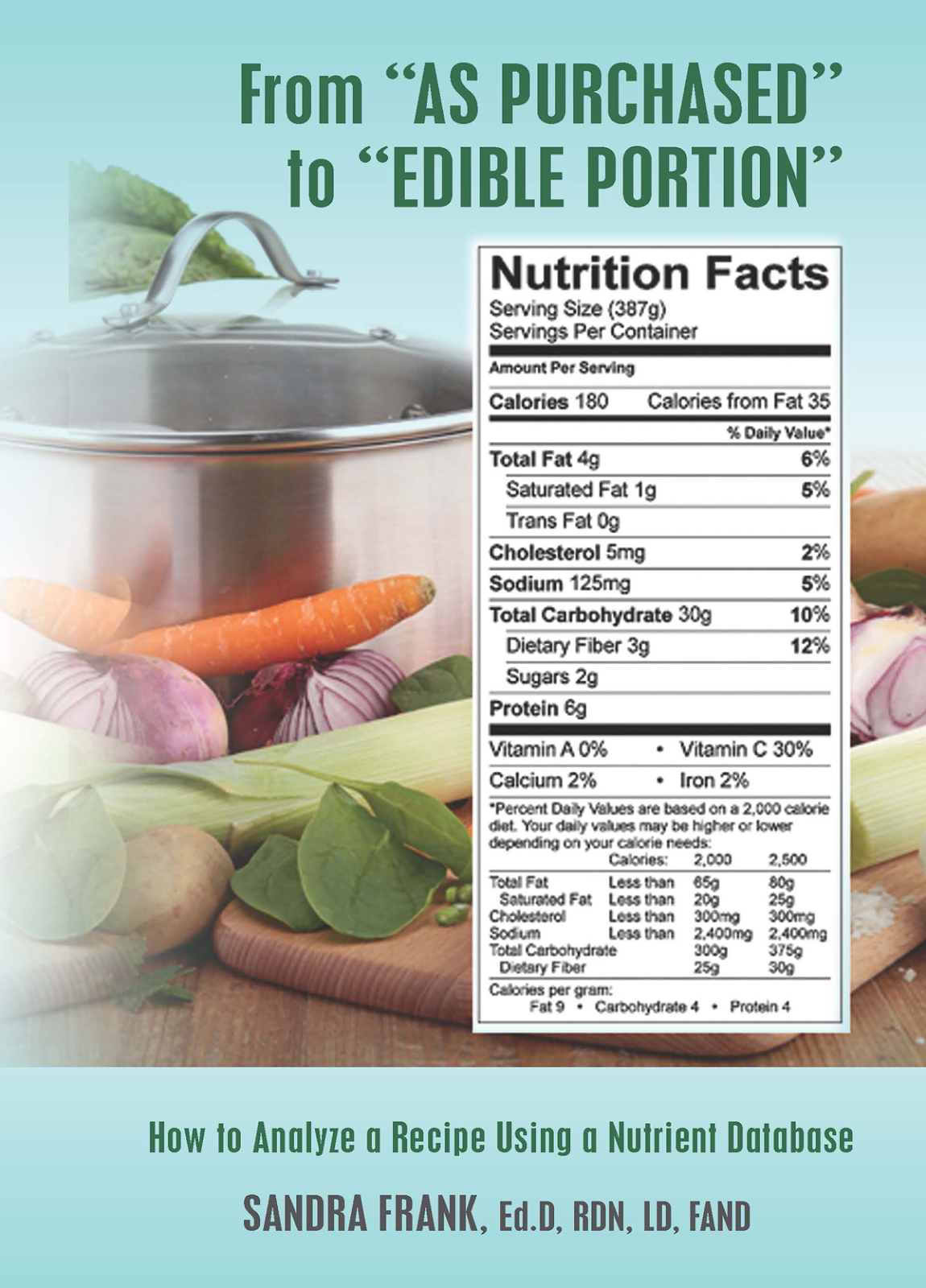• Reducing screen time can help prevent childhood obesity.
• Children who spend less time watching television in the early years tend to do better in school, have a healthier diet, and are more physically active.
•Adolescents with a television in their bedroom spend more time watching TV and report less physical activity, less healthy dietary habits, worse school performance, and fewer family meals.
• Children with a television in their bedroom are more likely to be overweight.
- Prepare a family meal together.
- Take a walk in the park.
- Join a family fitness group.
- Plant a vegetable garden or grow a fruit tree.
- Visit the zoo.
- Plan a picnic or barbecue.
- Go to a museum.
- Take a nature hike.
- Organize a scavenger hunt.
- Learn yoga.
- Go dancing.
- Volunteer for a community or charitable organization




























